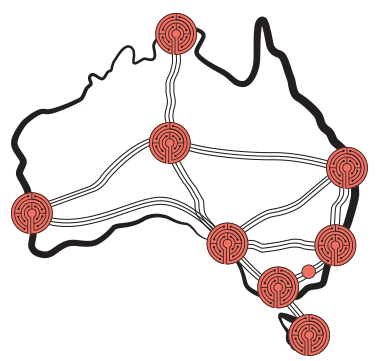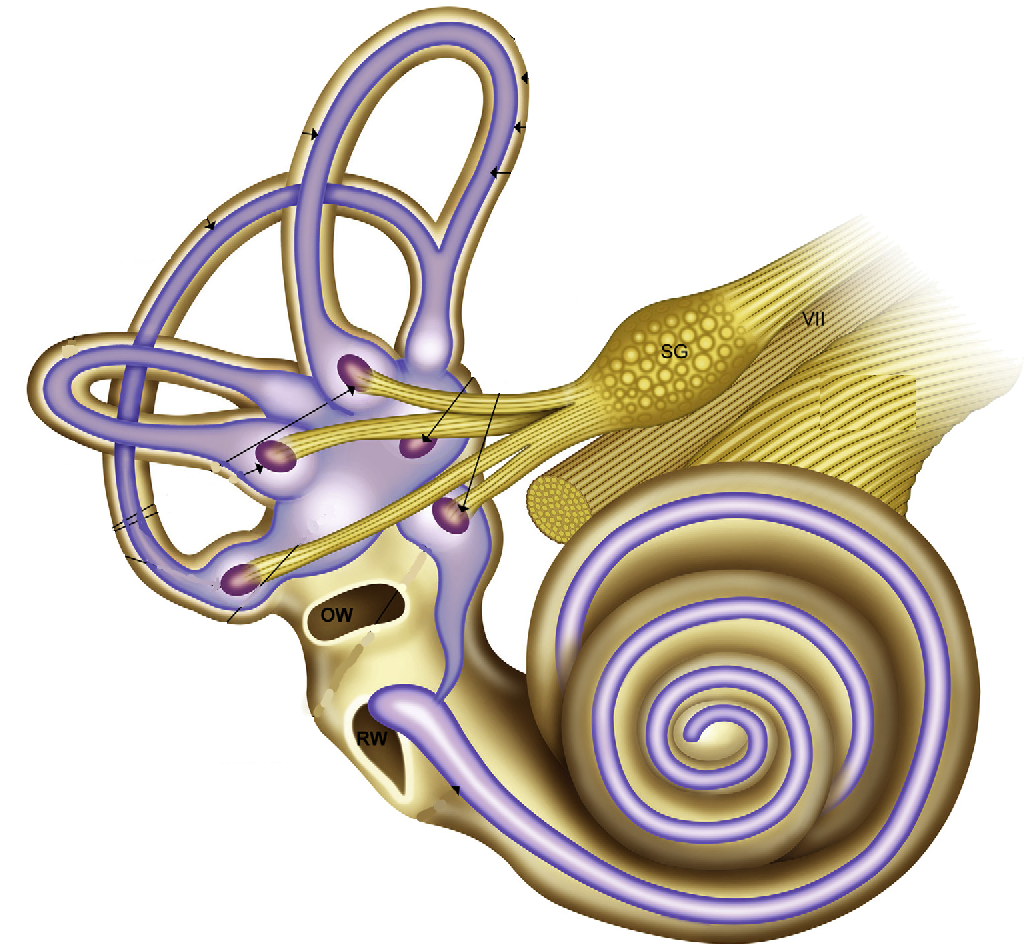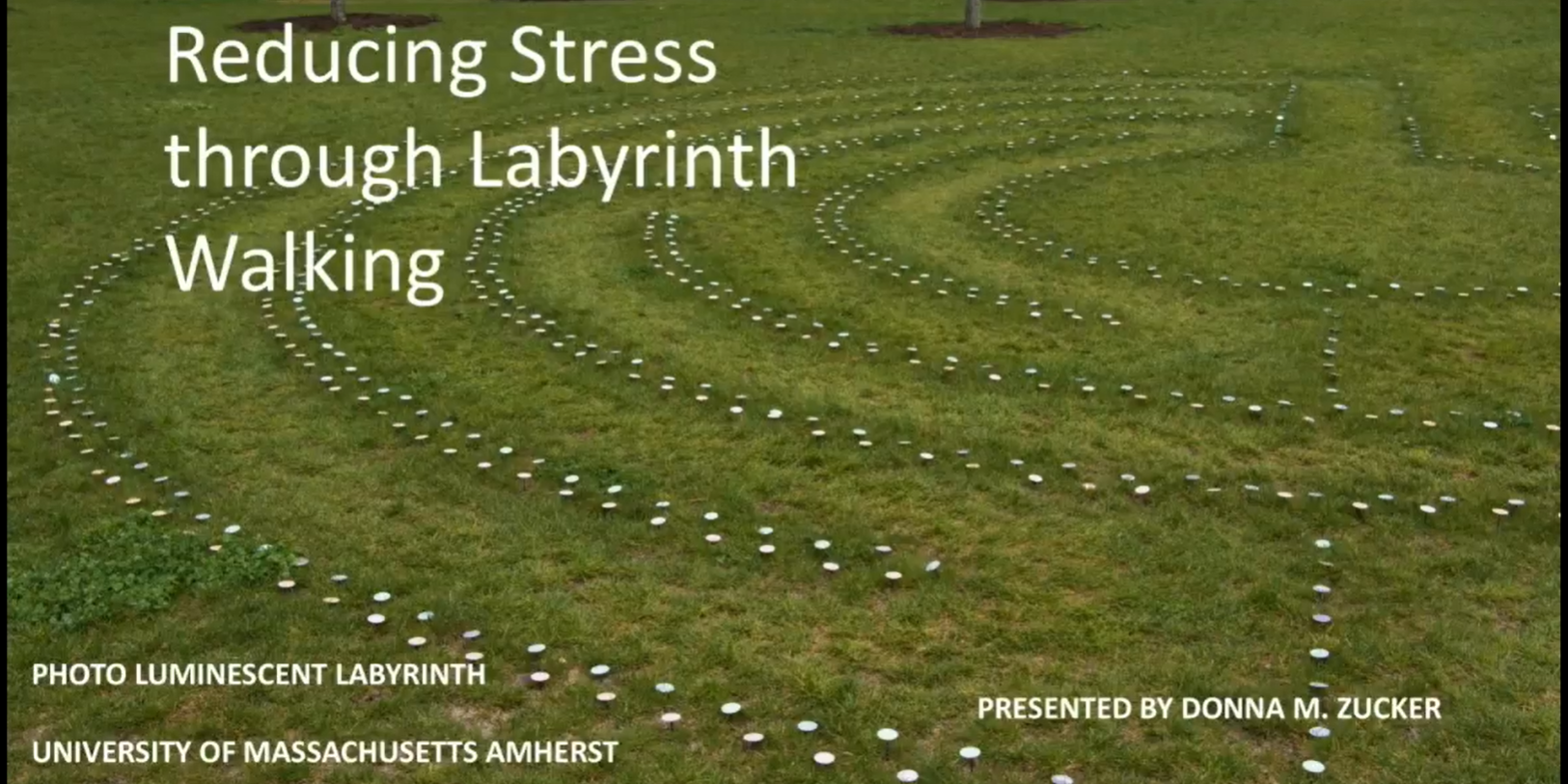research
To better understand how walking a labyrinth might affect our psychological, physical and biochemical process it may help to know a little anatomy and physiology and what research has been able to demonstrate. These articles have been sourced from peer-reviewed journals and scientific websites.
anatomy of balanceThis 2 minute neuroscience video on the vestibular labyrinth, the sensory system in our inner ear, which sends information via nerves to the cerebellum and to nuclei in the brainstem which then pass the information on to a variety of targets, including the cerebral cortex and vagus nerve. | labyrinths & psychologyShort-term autonomic nervous system and experiential responses during a labyrinth walk from Health Psychology Alberta Childrens Hospital is a systematic investigation of the short-term physiological and self-reported effects of a walking labyrinth meditation. Results indicate that walking a projected light labyrinth was an emotionally and psychologically engaging practice for youth and young adults, with an overall effect of greater relaxation and calmness. Results suggest that the availability of stress reduction tools similar to, and including the labyrinth, could have wide benefits for those undergoing physical and mental duress. This article from Comprehensive Psychology "Using the labyrinth as a teaching tool in Psychology" demonstrates the various ways in a which a finger labyrinth can be used as an inquiry-based, hands-on teaching tool in psychology courses. This Reducing Stress through Labyrinth Walking webinar is an interview of Donna Zucker, a rehabilitation nurse by Lauren Artress from Veriditas. | mental healthThis article from National Library of Medicine Walking the Labyrinth: Considering Mental Health Consumer Experience, Meaning Making, and the Illumination of the Sacred in a Forensic Mental Health Setting This is a link to the Lawson Health Research Institute's article on the same theme. The evolution of a labyrinth walking program in corrections from National Library of Medicine has signalled a milestone in the treatment of offenders, particularly those incarcerated for substance abuse related offenses. "Labyrinths, yesterday, today and tomorrow - Implications for education" This article looks at the historical background of the labyrinth as well as definitions. Then a modern view details the various ways it is being used today including an overview of a school study. Finally, some questions for the future are raised. Download the full PDF from Missouri State University . This article is also by Donna Zucker, on Labyrinth walking in high risk substance abuse |
Australian Labyrinth Network Inc. No.A0102014J ARBN 624 563 177 |





